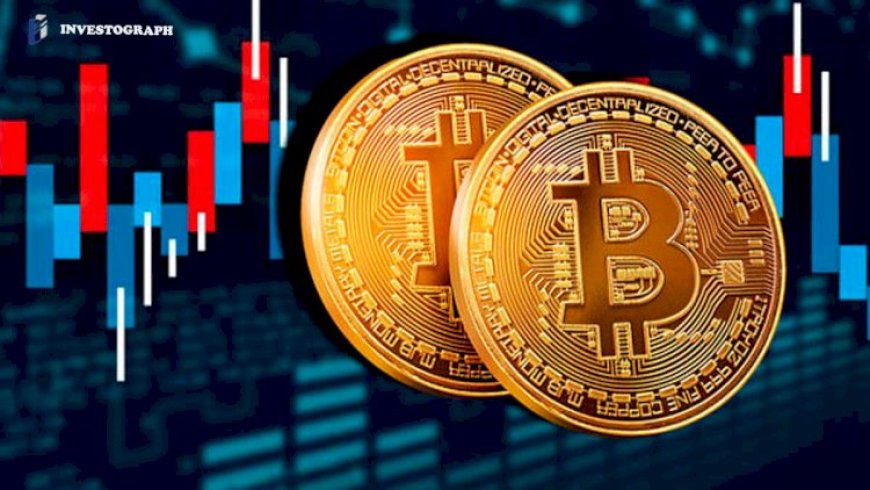Bitcoin miners double down on efficiency and renewable energy at the World Digital Mining Summit
Bitmain unveiled the Antminer S21 at the WDMS (World Digital Mining Summit), an efficiency-focused Bitcoin mining machine. During the event, Bitcoin miners also discussed their strategies for increasing productivity through the use of green and sustainable energy sources. This move towards green energy in the mining industry is part of a broader trend to reduce the environmental impact of cryptocurrency mining, which has historically been criticized for its energy consumption and carbon footprint. Miners are exploring various ways to incorporate renewable energy sources like solar and wind power into their operations, with the goal of making Bitcoin mining more environmentally friendly.

Bitmain made a significant announcement at the World Digital Mining Summit (WDMS) in Hong Kong on September 22 by introducing their next-generation Antminer S21 and S21 Hydro ASIC miners. These machines represent a substantial leap in performance and energy efficiency, two key factors for Bitcoin miners, especially as they prepare for the Bitcoin halving projected for April 2024.
The Antminer S21 boasts a hash rate of 200 terahashes per second (TH/s) with an efficiency of 17.5 joules per terahash (J/T). The S21 Hydro is even more efficient, hashing at 335 TH/s and consuming just 16 J/T. This is noteworthy because, until recently, most Bitcoin ASICs operated above the 20 J/T threshold, making these new models quite attractive to miners.
As electricity costs continue to rise, and the Bitcoin halving approaches, miners are placing a strong emphasis on efficiency and sustainability. Many are incorporating renewable energy sources into their operations to minimize their environmental impact. This trend towards sustainable development was a central theme at the WDMS, with key players in the industry discussing the importance of integrating renewable energy sources into mining strategies.
The Bitcoin supply halving in 2024 will have miners dealing with the same operational costs, decreasing block rewards, and the need to pay off debts. To remain profitable, miners will have to increase their hash rate derived from sustainable energy sources or improve the efficiency of their ASIC fleet.
The rollout of the Antminer S21 could significantly impact the mining industry by providing enhanced efficiency. However, some miners may continue to use older generation miners, such as the S19, to remain profitable, especially with the help of aftermarket firmware and hydro/immersion systems.
Bitmain's introduction of a Carbon Neutral Certificate, which rewards environmentally friendly mining farms with better pricing and advanced delivery, is a noteworthy move. Additionally, the increase in hash rate in the new S21 models suggests that Bitmain might continue to make systematic model releases with slight tweaks to firmware and other adjustments to enhance hash rates.
Overall, the Bitcoin mining industry is making strides towards becoming more environmentally friendly and sustainable. Miners are participating in demand response agreements with power producers and distributors, contributing to energy grid efficiency, and encouraging the development of renewable energy projects. Next-generation ASICs like the Antminer S21 are also helping miners reduce energy consumption while increasing their profitability, which aligns with broader efforts to make Bitcoin an ESG (Environmental, Social, and Governance) asset.







